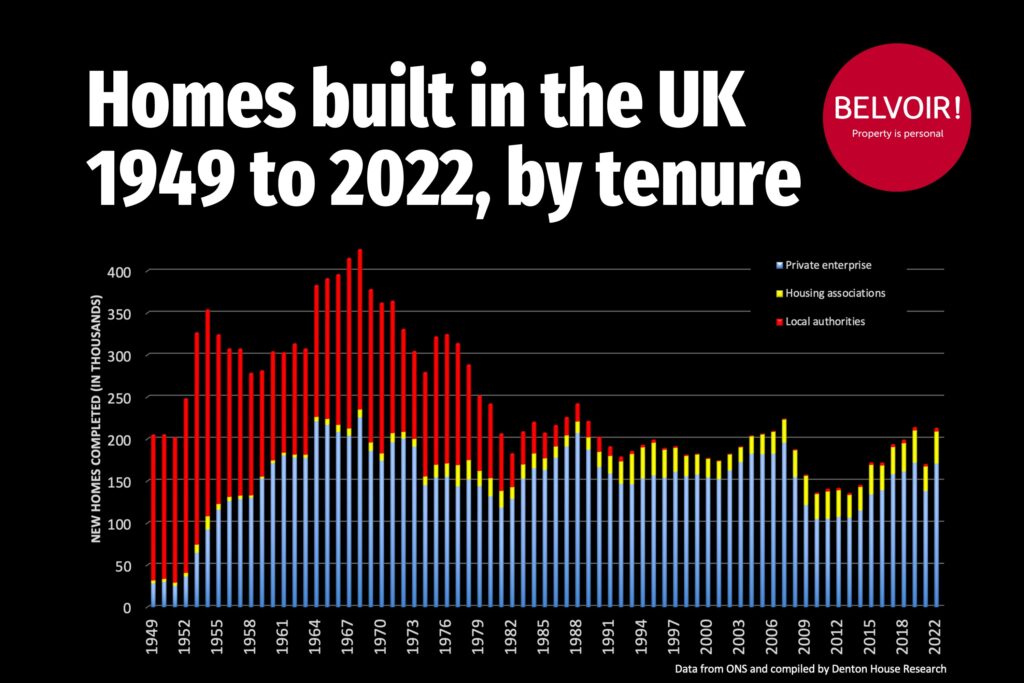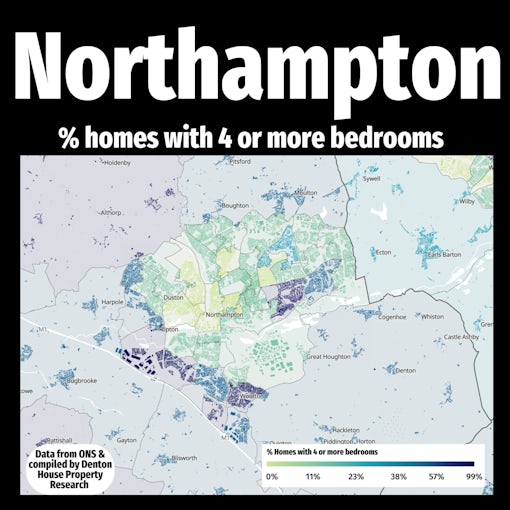The story of UK housing completions over the last 70 years is a tale of shifting responsibilities and changing priorities. As this chart shows, local authorities played a leading role in building new homes during the 1950s and 1960s, particularly in the form of council houses.

However, from the late 1970s onwards, this role diminished significantly, largely due to policy changes and funding cuts. In their place, housing associations emerged, attempting to fill the gap in social housing, but even they rely heavily on government funding to meet their goals.
Meanwhile, private enterprises have maintained a steady contribution to housing completions, yet it’s clear they alone cannot meet the government’s ambitious target of 300,000 new homes per year. To reach numbers comparable to those seen in the mid-20th century, a significant scale-up is required, but who will be responsible for this surge? Who will pay for it?
Both housing associations and local authorities depend on government resources, and with limited funding, it’s uncertain whether they can rise to the challenge.
This raises a pressing question for us locally. If Northampton is to play its part in meeting these targets, where should these new homes be built? We face a complex balancing act between preserving green spaces, ensuring infrastructure can cope, and providing the quality housing our community needs.
So, we ask: if we must build more homes in Northampton, where should they go?







